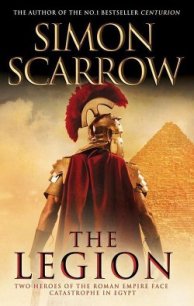The Gladiator - Scarrow Simon (электронная книга .txt) 📗
Gladiatorial combat was one of the traditions the Romans inherited from the Etruscans. Originally, gladiators fought as part of a blood sacrifice ritual at funerals, but in the frenzied political atmosphere of the last years of the republic, ambitious politicians began to put on displays of gladiatorial combat to win popular support. It was the first emperor, Augustus, who commenced the practice of holding gladiator fights for no other reason than as mass entertainment for the Roman mob. Subsequent emperors continued in the same vein, some offering spectacles in which thousands of fighters were killed at a time. Gladiators were recruited from the ranks of captured warriors, condemned criminals and even a handful of volunteers who aspired to win fame and fortune in the arena.
Training was conducted in special gladiator schools where recruits underwent a harsh regime designed to build strength and agility before they were trained in one of the specialised roles — in the case of Ajax, as a heavily armed fighter. While some gladiators won a huge following amongst the fans of the arena, much like modern boxers or film stars, and might eventually win their freedom, most were fated to a crippling injury or death. Under such circumstances it is a gratifying irony that men like Spartacus were able to use their training against their former masters with such success.
Finally, some readers may wonder why no reference is made to the island now called Spinalonga. That's because the earliest historical mention of the island notes that it once formed the end of the peninsula of Kolokitha, and I have followed that description.
Simon Scarrow




